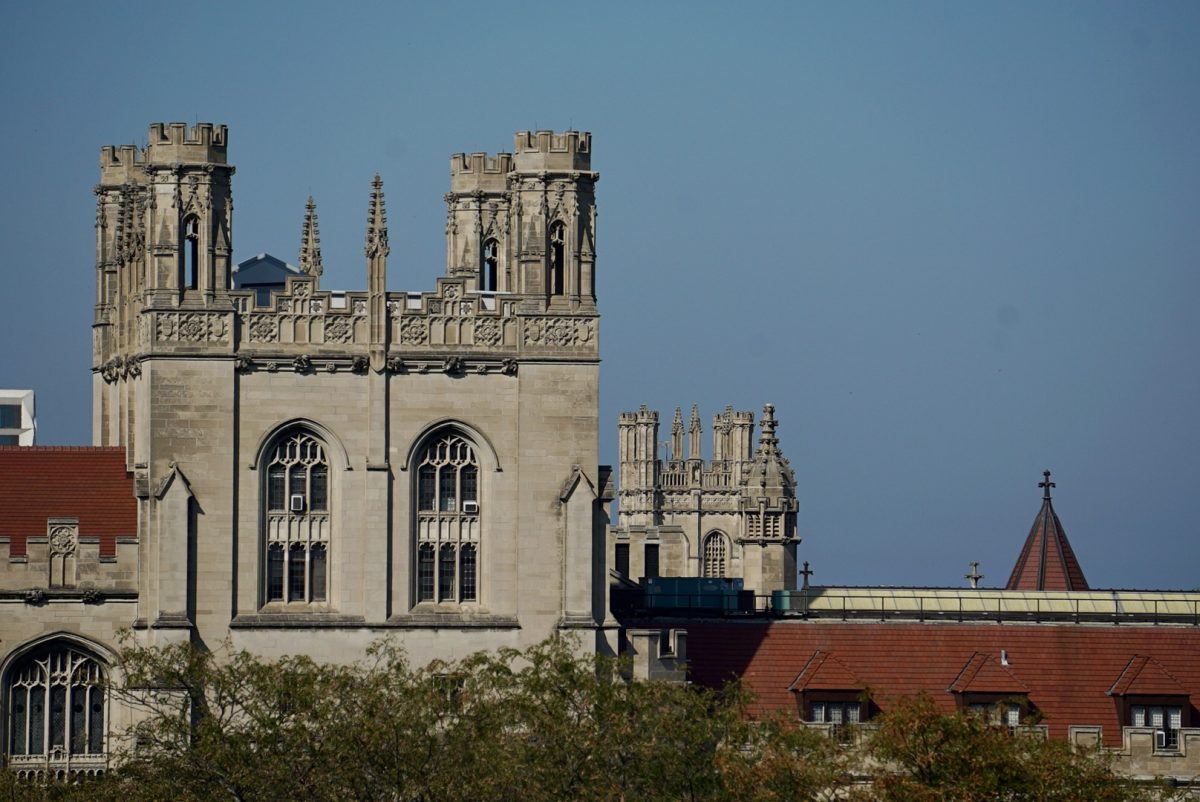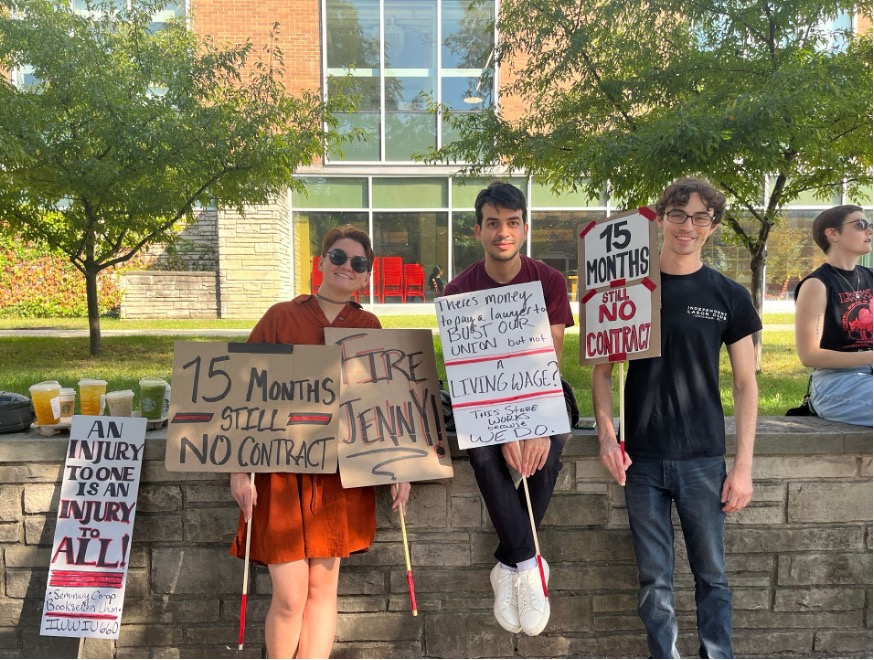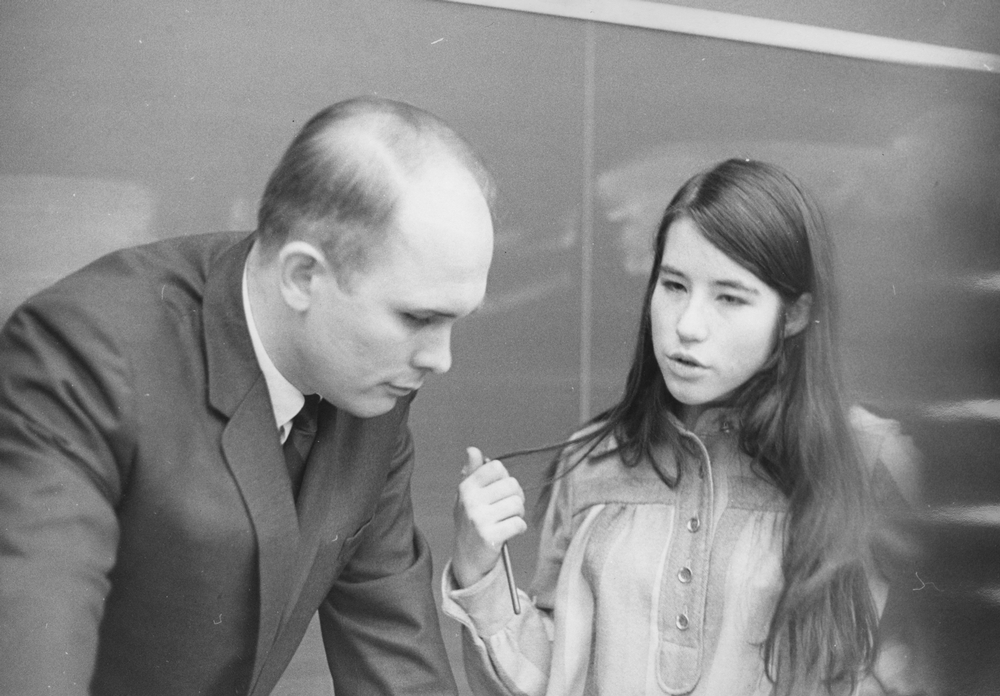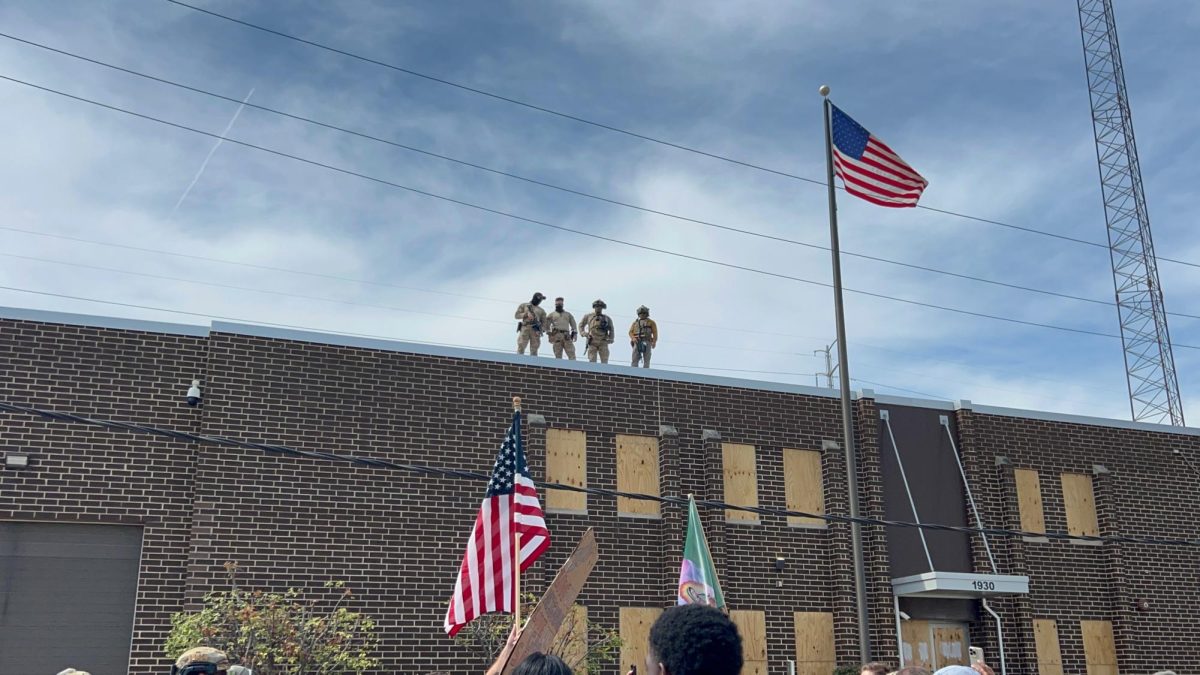For millions of students across the country, September means one thing: Summer is over and it’s time to go back to school. For hundreds of thousands of students displaced by Hurricane Katrina’s aftermath in New Orleans and surrounding areas, there are no schools to go to. Like the houses, police stations, restaurants, and streets, the schools in New Orleans are flooded.
This fall, the University will be admitting up to 50 undergraduate students who were displaced from universities in New Orleans. As Students At Large (SAL), they are not eligible to transfer to the university, but they will live in Hyde Park and take courses like regular undergrads, with the ultimate goal of transferring credit back to their home schools.
It is difficult to determine exactly how many students are displaced. The American Council on Education (ACE), a coordinating body for the nations higher education institutions estimated that 30 colleges and universities in the gulf coast had suffered damage and that there might be as many as 100,000 undergraduate and graduate students without a campus to go to in the fall.
ACE president David Ward said in a written statement that, “We are clearly facing a long and challenging road to recovery at every level.” He urged campuses across the country to admit students on a visiting basis, and in doing so, to not charge them tuition if they have already paid at their home institution.
Vice President and Dean of Student in the University Steve Klass said that the University of Chicago was kept appraised on the national picture by the ACE and the Association of American Universities (AAU) and is working with students who were affected by the disaster.
“As far as I know, at this point nearly every one of our schools and divisions has put together a statement that includes an offer to provide some limited number of displaced students an opportunity to take classes on campus,” Klass said.
The University is in an especially good position to help students affected by the flooding, because unlike many peer institutions, the U of C has yet not begun fall courses.
The College will be taking up to 50 SAL students, said President Randel, in an e-mail to the University community.
“We are prepared to house a number of these students in our dormitories, offer room and board and get them registered for classes with the assistance of my office,” Art said. “Some students (displaced first-years) will be able to attend orientation and move into the dorms on or close to the 17th.”
The College could potentially enroll as many as 50 students, but, according to Art, only has space for 30 in the residence halls. None of the students enrolled as SALs will be asked to pay additional tuition.
Liana Elliot should have been a junior at Tulane this fall; she and her boyfriend evacuated the city on Sunday before the levies broke. Though Elliot won’t be attending the U of C—she will be spending the quarter at Stanford close to where she grew up—she described seeing her adopted city on the news and the difficulties in applying to be a visiting student.
“The whole thing is so surreal and upsetting it’s difficult to watch the news, or pretty much talk to anyone who knows I live in New Orleans. What I see on CNN isn’t just a disaster, but it’s places I know, been, and worked.” Elliot said. “Last week, a reporter was standing in a parking lot I park in every time I go to work, watching my favorite sandwich shop across the street from where I work, burn down to the ground while people were shooting at the firefighters.
“Everyone I know got out safe and sound except for a few people we haven’t heard from yet, but I can’t help but wonder about all the people I know casually, if they’re trapped in their attics, in a shelter in Houston or who knows where.”
Elliot found the application process confusing to navigate. “It’s been tough to find a school. Many are asking for transcripts, which we don’t have, and our SAT scores which is pretty much absurd,” Elliot said.
Beyond helping students who attend school in the gulf coast, the U of C is also helping students who are originally from the affected area. Art said that she had contacted the 12 entering students and 27 returning students whose homes are in Louisiana, Mississippi, or Alabama. She said that she had also talked to all of the entering students and 3 out of the 4 returning students from New Orleans about how the University can assist them. For example, one student who was left homeless in the aftermath of the flooding has already moved into the dorms.
Seth Satterlee, an incoming first-year in the College said that the people he worked with at the U of C were “extremely nice,” specifically naming directer of the University housing system Katie Callow-Wright, and John O’Conner, the men’s soccer coach. Satterlee has been staying in a dorm with the men’s soccer team during their preseason.
“The U of C was nice enough to let me come up here instead of sleeping on the floor in one of my father’s company buildings,” Satterlee said. “My house also only got about four feet of standing water (it was initially hit by a nine foot wave) so that too isn’t much of a loss. A lot of people lost their homes and some even their lives, I was not one of those people and for that I’ve been extremely lucky.”
Outside of the College, other divisions and schools are already working with students. Ann Perry, Dean of Admissions in the Law School, said that the Law School has received interest from students looking to come to the Law School under the Visiting Student heading.
“We have received over 30 requests and 25 applications,” Perry said. Normally the Law School takes “1-2 visiting students a year,” but this year the Law School would be taking more. Perry said that most of the requests came from students from Tulane Law School and Loyola-New Orleans Law School.
The University is also helping victims of the hurricane in other ways. Klass noted that in planning the University’s response to Katrina, the first step is providing and helping those directly effected by Katrina. The second step is figuring out a way to enable people who want to help or donate money. To this end, the U of C has a $250,000 matching grant for contributions coming from University employees.
In addition, the U of C Hospital is offering “paid time off for up to two weeks, with the possibility to renew, for employees who volunteer to serve with certain established relief organizations such as the Red Cross, the U.S. Department of Health and Human Services, or the American Hospital Association,” according to the University website. The hospital has also instituted a matching fund for employee contributions.
For students who want to donate time or money, the University Community Service Center is spearheading the campus effort.
“Much of what we have been evaluating in terms of our own response has been shaped by the evolving articulation of need on the part of impacted institutions as well as aid organizations,” Klass said. “In other words, we want to be sure that our offers of assistance are going to address real, emergent needs and will make a difference.”








